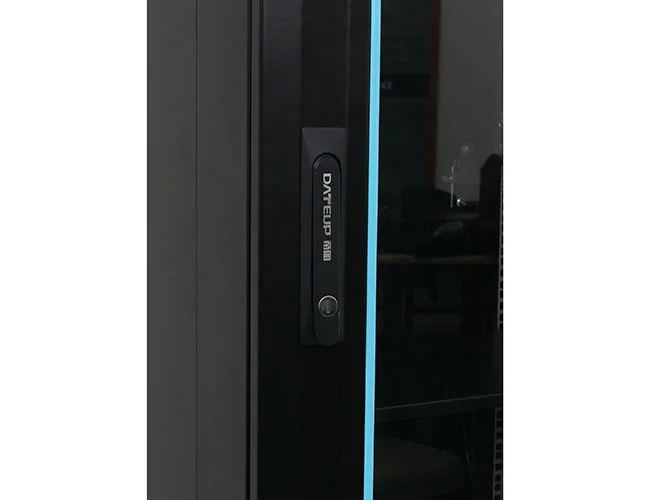News
Site Editor
 Site
https://leonetworkgroup.usa18.wondercdn.com/uploads/image/5fe152faa587d.png
HDMI (High-Definition Multimedia Interface) cables are widely used to connect audio-visual equipment for high-quality digital video and audio transmission. The quality of an HDMI cable plays a critical role in the performance of the connected devices. Thus, it is essential to test the quality of an HDMI cable before usage. In this article, we will discuss various methods to test the quality of an
Site
https://leonetworkgroup.usa18.wondercdn.com/uploads/image/5fe152faa587d.png
HDMI (High-Definition Multimedia Interface) cables are widely used to connect audio-visual equipment for high-quality digital video and audio transmission. The quality of an HDMI cable plays a critical role in the performance of the connected devices. Thus, it is essential to test the quality of an HDMI cable before usage. In this article, we will discuss various methods to test the quality of an
How To Test Hdmi Cable Quality
Views: 794
Author: Site Editor
Publish Time: 2023-07-10
Origin: Site
HDMI (High-Definition Multimedia Interface) cables are widely used to connect audio-visual equipment for high-quality digital video and audio transmission. The quality of an HDMI cable plays a critical role in the performance of the connected devices. Thus, it is essential to test the quality of an HDMI cable before usage. In this article, we will discuss various methods to test the quality of an HDMI cable, from simple tests to complex ones.
1. Check the connectors: The first and foremost step in testing an HDMI cable is to check the connectors. Make sure that the connectors are not loose and fit snugly into the ports. Any connection issues may cause various problems such as picture distortion, audio dropping, etc.
2. Use a known good cable: If you suspect that the HDMI cable is not performing up to the mark, try swapping it with a known good working cable. If the replacement cable solves the issue, the original cable is faulty.
3. Visually inspect the cable: The HDMI cable is a delicate device, and physical damage can affect its performance. Carefully examine the cable for visible signs of damage, such as fraying, kinks, or pinches. If any damage is found, the cable needs to be replaced.
4. Check the length of the cable: HDMI cables come in different lengths. Longer cables have a higher probability of signal degradation as the signal travels through the copper wire inside the cable. While testing a longer cable, make sure that the audio and video signals are transmitted without any degradation.
5. Check the resolution support: HDMI cables are available in different specifications such as HDMI 1.4, HDMI 2.0, etc. Each specification has specific resolutions and features. Check the product description to ensure that the cable supports the required resolution of your device.
6. Use an HDMI cable tester: HDMI cable testers provide a comprehensive test of the cable. These testers check the electrical conductivity of the cables and ensure that all the pins are functioning correctly. They also provide a visual indication of any potential issues, such as short circuits, open circuits, etc.
7. Use software tools: Some software tools can help you test the quality of the HDMI cable. These tools display the video resolution of the display, audio format, and various other parameters. By comparing the readings of these software tools, you can determine the quality of the HDMI cable.
8. Check for electromagnetic interference: Electromagnetic interference (EMI) is a common issue that affects the HDMI cable's performance. The presence of other electronic devices can cause the HDMI signal to weaken. If you suspect EMI, move the electronic devices away from the HDMI cable and check if the issue is resolved.
In conclusion, testing the quality of an HDMI cable is critical to ensure proper audio and video transmission. The methods mentioned above will help you determine the quality of the HDMI cable and troubleshoot any problems that may arise. Remember to handle the HDMI cable with care to avoid any physical damage that may affect its performance.
If you want to know more about industrial network cabinet,china fiber optic splice closure,china fiber optic distribution box,please consult the fiber optic splice closure factory









